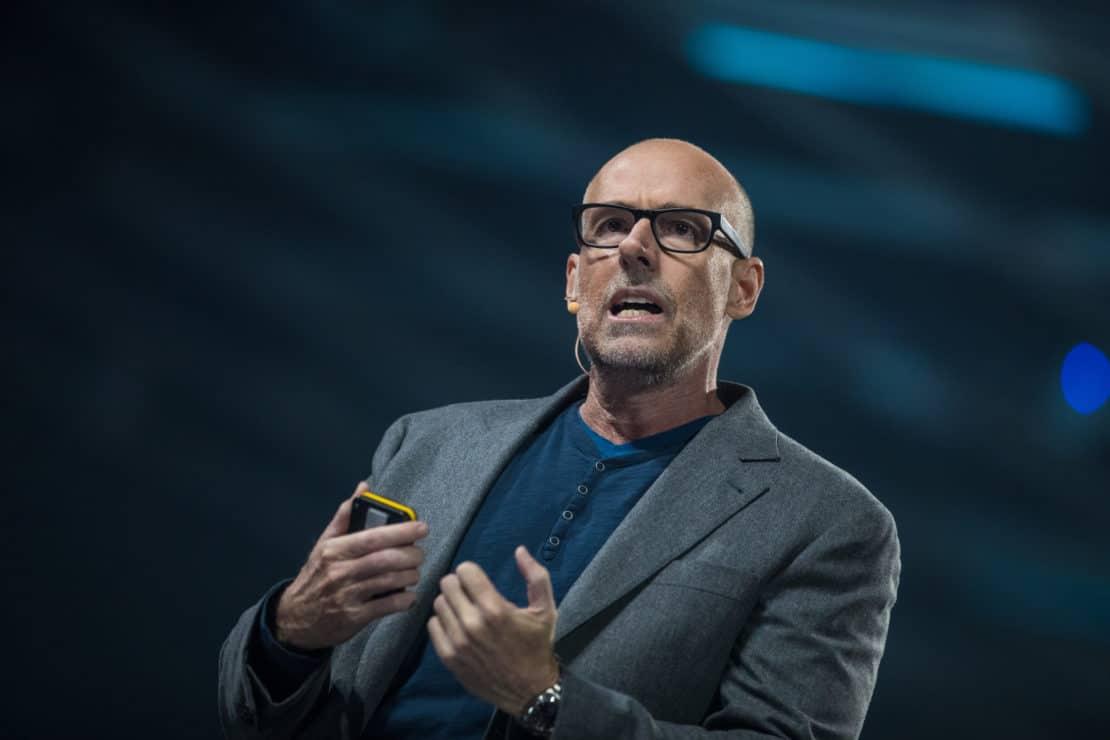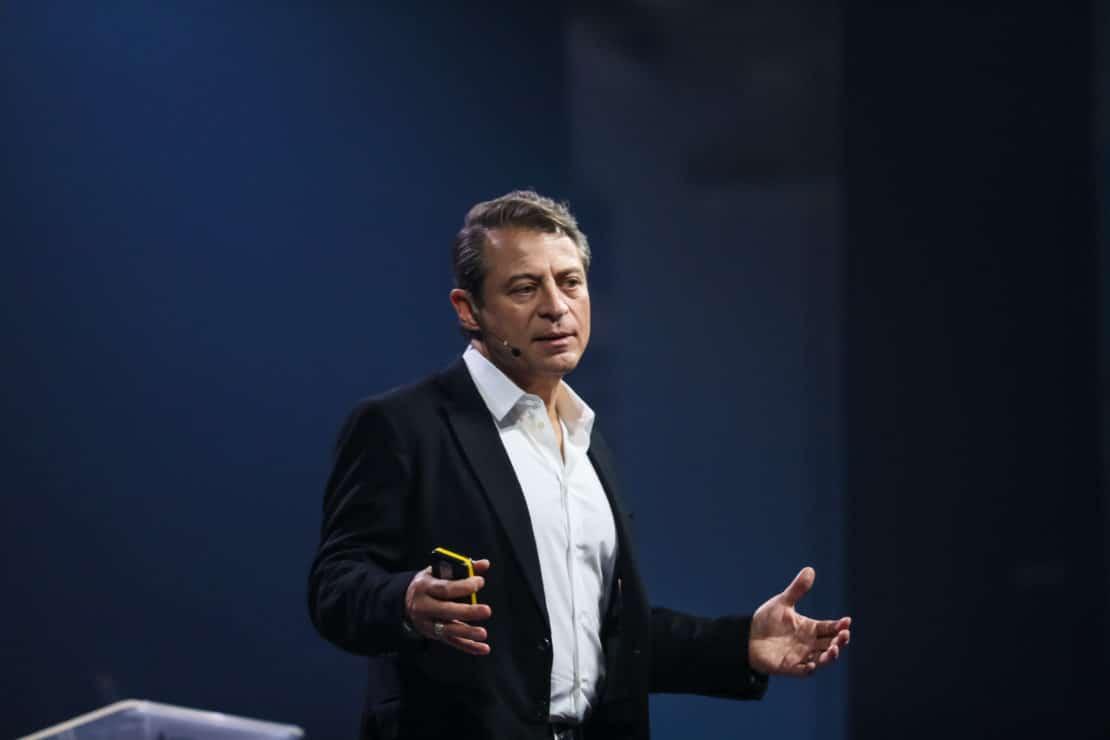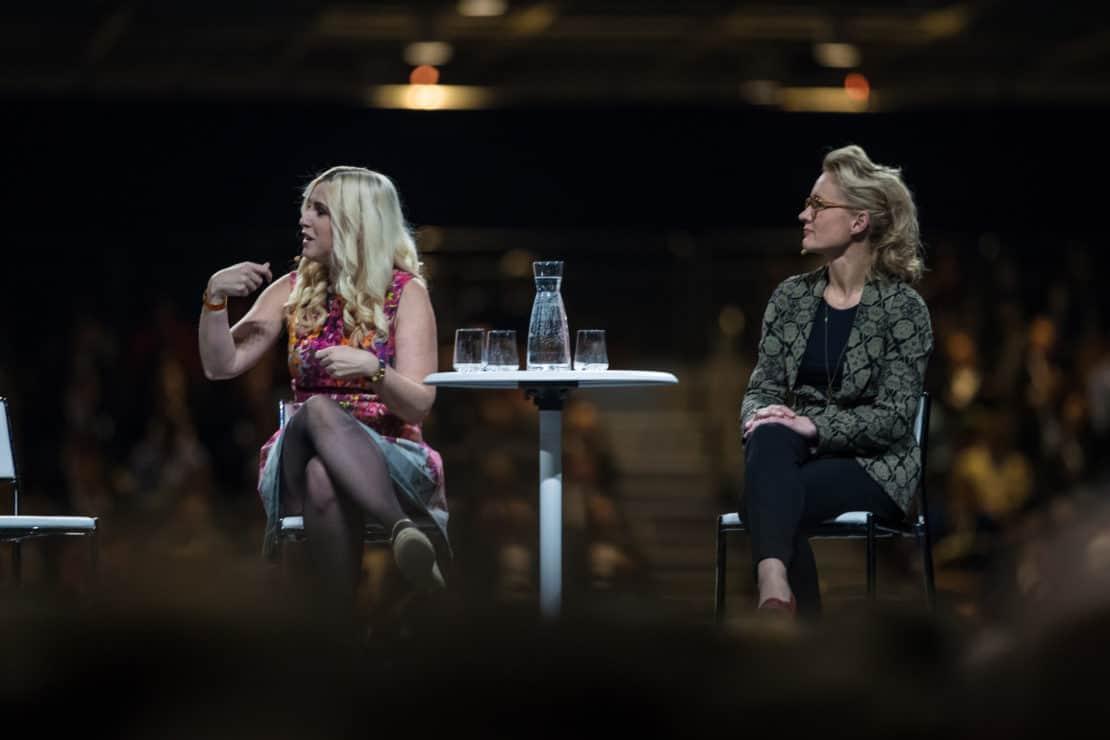6Oct2016
“Apple created stores, which are temples to its brand,” says Scott Galloway, Professor of Marketing at NYU Stern School of Business. “The store is the first kiss, the first physical interaction.”
Why is the iPhone the most popular item in the history of mankind, he asks. “Because it appeals to the heart and emotions. It’s an emotional appeal. The heart is an irrational organ, but the most irrational organ is further down the torso! And Apple was the first company to move successfully down the torso.”
As the preferred alternative to TV, Facebook and Google have a similar emotional appeal. “We used to have religion, but Google is a the modern man’s God. Our anxieties remain and Google is filling the spiritual gap.” Twenty per cent of the questions being asked on Google have never been asked before, says Galloway, while as a species we need to love and be loved, and Facebook feeds on that.
Social media are part of a new order that is establishing itself in advertising and TV is unquestionably the media that is going to suffer most.
“Armed with the weapons of due diligence such as Amazon, Trip Advisor and Google, the consumer no longer needs to refer to brands,” he says. “The sun has passed midday on the brand. In fact the percentage of wealthy consumers who can actually identify a brand has declined by as much as 50 per cent. And what is the media at the wrong end of this change? Absolutely, it’s television.”
Referring to globally popular TV shows such as ‘Game of Thrones’ and ‘Homeland’, Galloway makes the point that content is better than ever, and it now has the advantage of not being interrupted by advertising. Never one to shy away from startling analogy, he likens watching TV shows with commercial breaks to getting in a swimming pool, finding your rhythm, and having someone urinate in it every eleven minutes.
“In USA and in Europe, on-demand services are growing. Many Netflix users are saying that the main attraction is that it’s totally free from ads and that they would cancel subsciptions if there were ads.”
The cable is being cut on TV, he says. “And who’s cutting the cable? The wealthy young. The consumers that broadcast media advertisers most desperately want to reach are leaving it. It’s a meltdown. You can’t cut your costs quickly enough when revenues are down as much as they are for broadcast.”
Brands have a huge unmatched thirst to reach young wealthy consumers. “Social media is offering ways to help. It’s a great time to be in short video production.”
Many assume that the traditional retail store might also be a fatal casualty of the changes in advertising allocation. Not so, says Galloway. But the nature of the store as a successful consumer experience is changing, as Apple’s example demonstrates.


